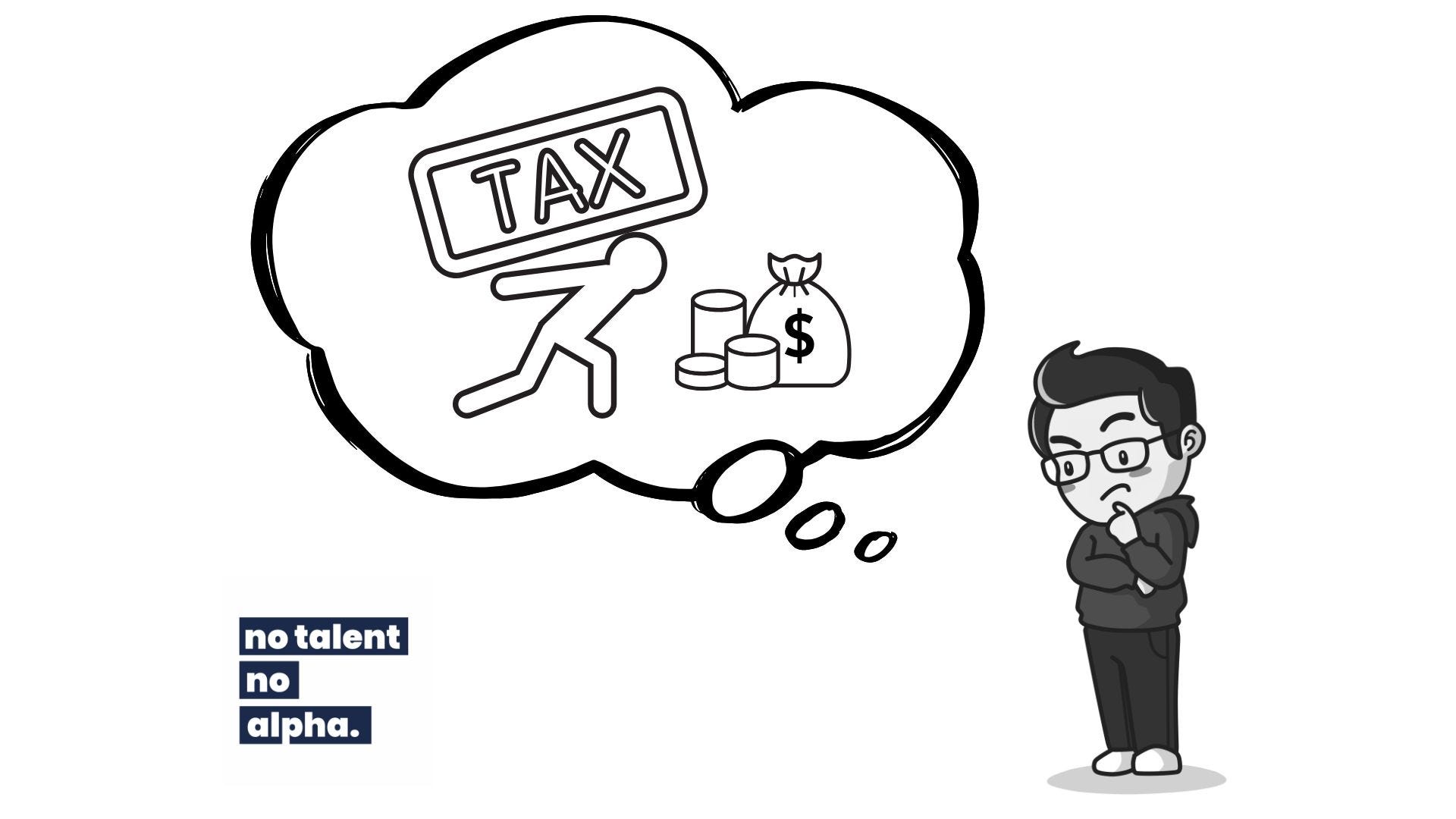Modeling The Turnover Tax's Financial Drag on Earnings (EPS)
A simple model for understanding what an organization's turnover tax is and how it silently impacts financial performance, operating income, and earnings per share.
Before we begin this latest edition, you may have noticed that the newsletter has been rebranded. No Work Left Behind is now No Talent, No Alpha! This new name reflects what I’ve always believed—without top talent, there’s no market outperformance. Get ready for even sharper insights into how human capital drives financial success!

